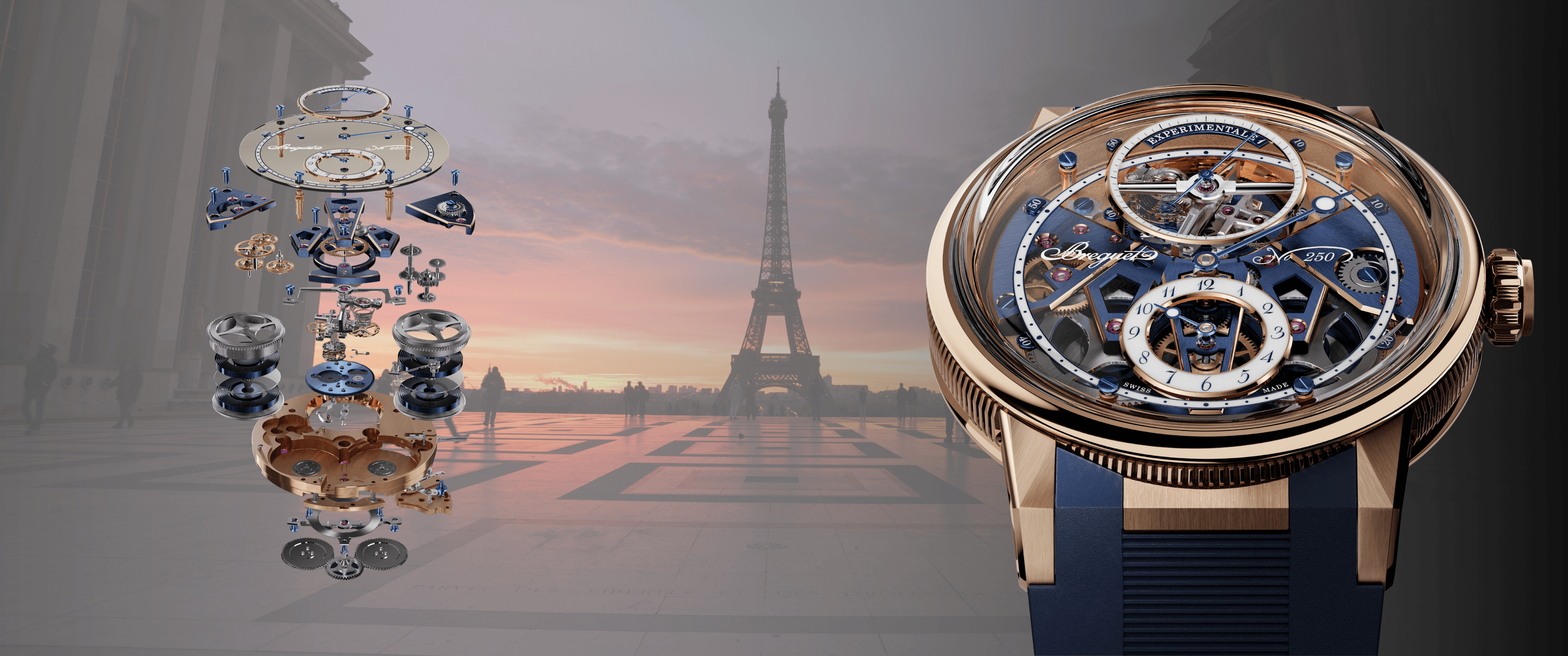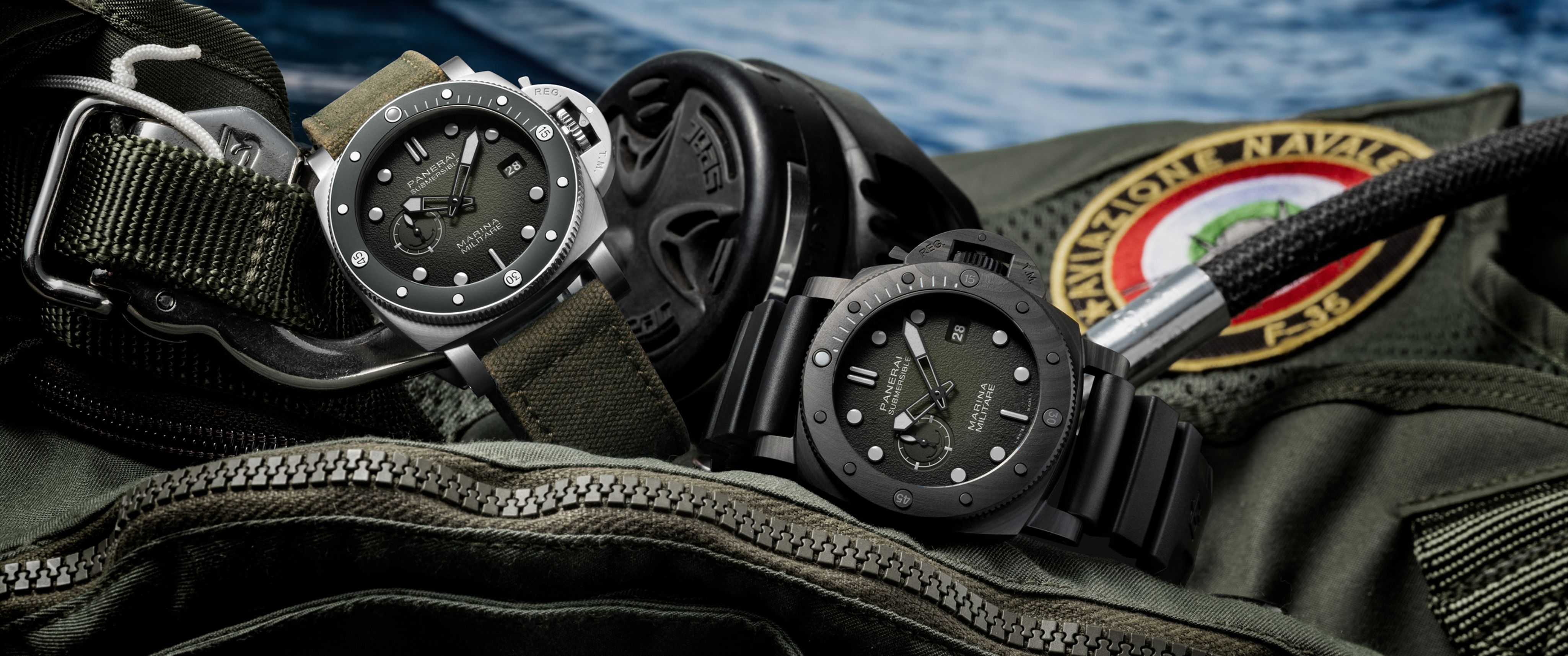Save Yourself From Ticking Trouble. Avoid These Watch Collecting Mistakes
We all learn from our mistakes. It’s good. Learning improves our perception of imminent or not so imminent perils. But not every lesson learned is just an exercise in being better. Some come with serious financial pitfalls and actually spoil the fun. Yes, I’m writing this in watch collecting terms and here, mistakes are often hefty on the dollar.
Well, you might apply the age-old trial and error philosophy to everything new you indulge in. When applied to watch collecting, it’s more like trial and be broke. Well, at least close to broke. It’s all the same even for collectors like John Mayer, who points out while Talking Watches with Ben Clymer, when the latter enquired about watch buying regrets, he simply replied, “yeah, the first 12 watches.”
Progression is the only way to learn as a watch collector. Making mistakes won’t pay much and that’s why it’s only when you season in the hobby, that you get a better insight into true collecting values. As many of us have this sickness, we usually end up spending embarrassing loads of money in actually experiencing misadventures as returns. This nonsensical odyssey has many highs and lows. When you experience this dangerous obsession with timepieces, it comes at the cost of your jobs, families and responsibilities. So, you have to get it right!
Thus, today you’ll read about mistakes that watch collectors make and lessons for everyone (mostly me) to learn from.
Servicing Watches Too Often.
This is a counter-intuitive error that is getting noticed more and more often. Five to ten years should be the rule for servicing most new watches. There was actually a Rolex document that came out around the time they launched the five-year warranty. It explained that the service interval on Rolex watches today for practical purposes with the technology they have in lubricants and the quality of manufacturing, should be five to ten years. However, certain older, less precisely manufactured, more worn or perhaps even highly complicated watches should be serviced more often than a modern Rolex or Omega. That said, we're talking 3 - 5 year service intervals. The 2 - 3 year service intervals that the industry advocates are not mandatory. . Service is a big pain and if you need not lose your watch for excessive amounts of service time, don't service too often. If we were in the era of 19th century pocket watches and your watchmakers were servicing the watches with literal whale oil, then yeah, maybe two years would be reasonable. But it isn’t the case, not anymore and not in the modern era. Even a complication should be able to make three to five years between services and overhauls. Consider what you're basically sacrificing financially if you service your watch every two to three years.
Take a note of these prices from Omega who actually deserve credit for publishing this stuff:
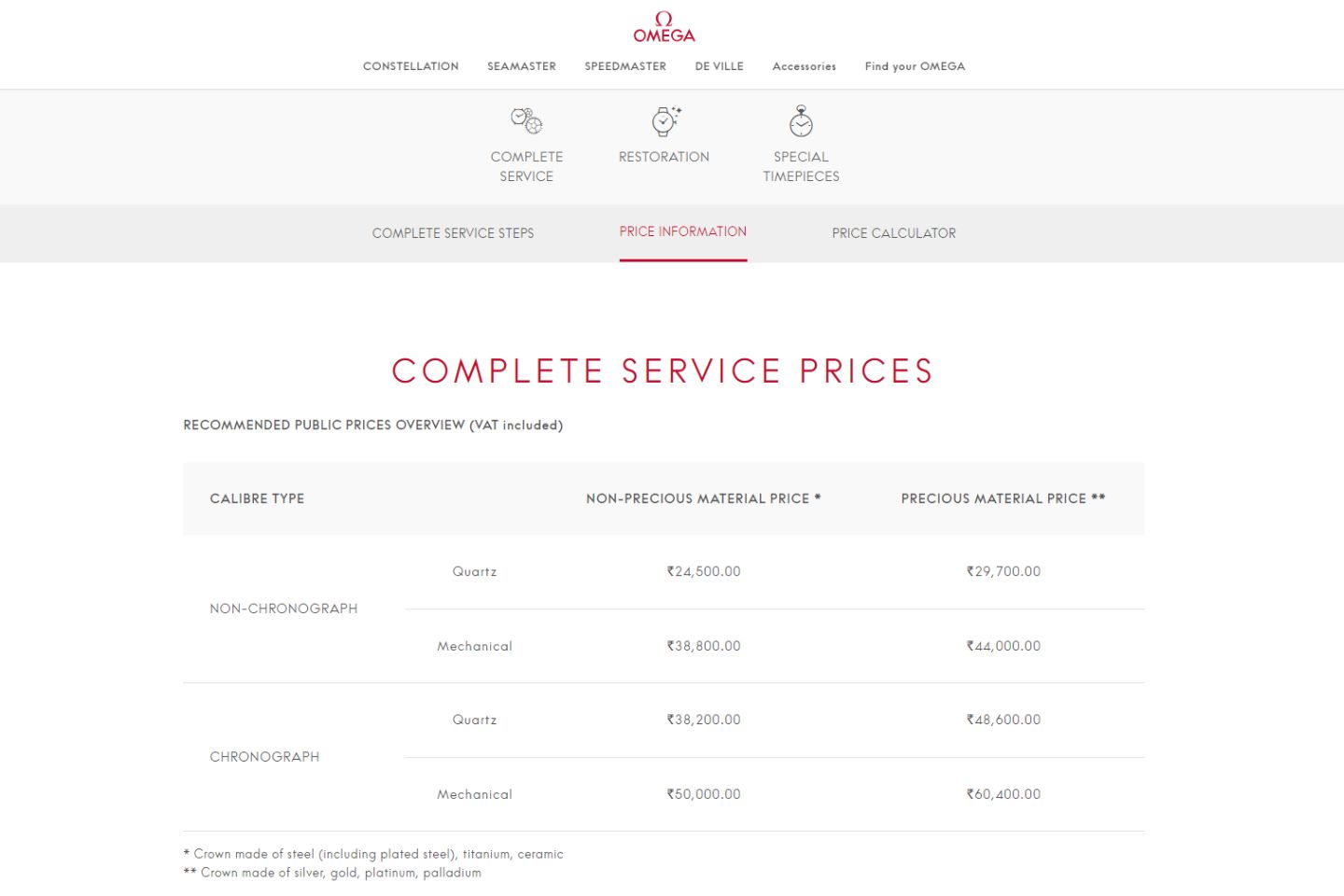
If you've got a complicated piece, such as a chronograph for example, especially a chronograph in precious metal, you will be paying ₹85,000 or more from most brands to have that chronograph serviced. Service twice as often as you need, you'll be paying twice as much. If you have an entire array of watches, let's say you have three to five watches like many collectors do, think about paying an extra ₹85,000 per watch every 24 months. That is a lot of coins. I’d rather put that money into buying more watches. Now, I would also say this: two-year warranties. A lot of brands give you two-year service warranties and these send the wrong message. I think the industry needs to accept that if you assemble, regulate and lubricate a watch when you're preparing it to go to market for the first time, bringing that watch back and sending it out serviced, lubricated and adjusted, that should entail given similar treatment from the same factory, exactly the same warranty you would give as a new watch. So, if factory-assembled is five years, factory-serviced should also be five years. You should be able to give just as much warranty on a serviced watch as a newly assembled watch.
Water Testing Infrequently.
This is another problem and it is opposite to the former. You need to do this often, I say every 12 months. Do not wait and do not hesitate. Most jewelers and dealers will do this complimentary. The most expensive service quotes ever seen usually involve water damaged watches. This leading threat to your watch is a cyclical problem. So, test once every 12 months, typically before pool and beach season. It's really important to do this because water resistance wanes faster than a watch's mechanical integrity. Water resistance, which is a combination of assembly, seal lubricant and seal condition as well as handling and treatment of the watch, can erode as quickly as one year even from new manufacture or a factory service. So, always check once a year or even more than once a year. It's usually free, there is no harm in checking too often and the price of a mistake can be catastrophic. I would say for every watch of unknown service history, like when you buy a pre-owned watch, treat it like a vintage watch and assume no water resistance on it, unless it is positively tested otherwise. That's what you need to do with any used watch. Even a watch that looks new might have the water resistance of a 1980s minute repeating pocket watch. Take water resistance seriously!
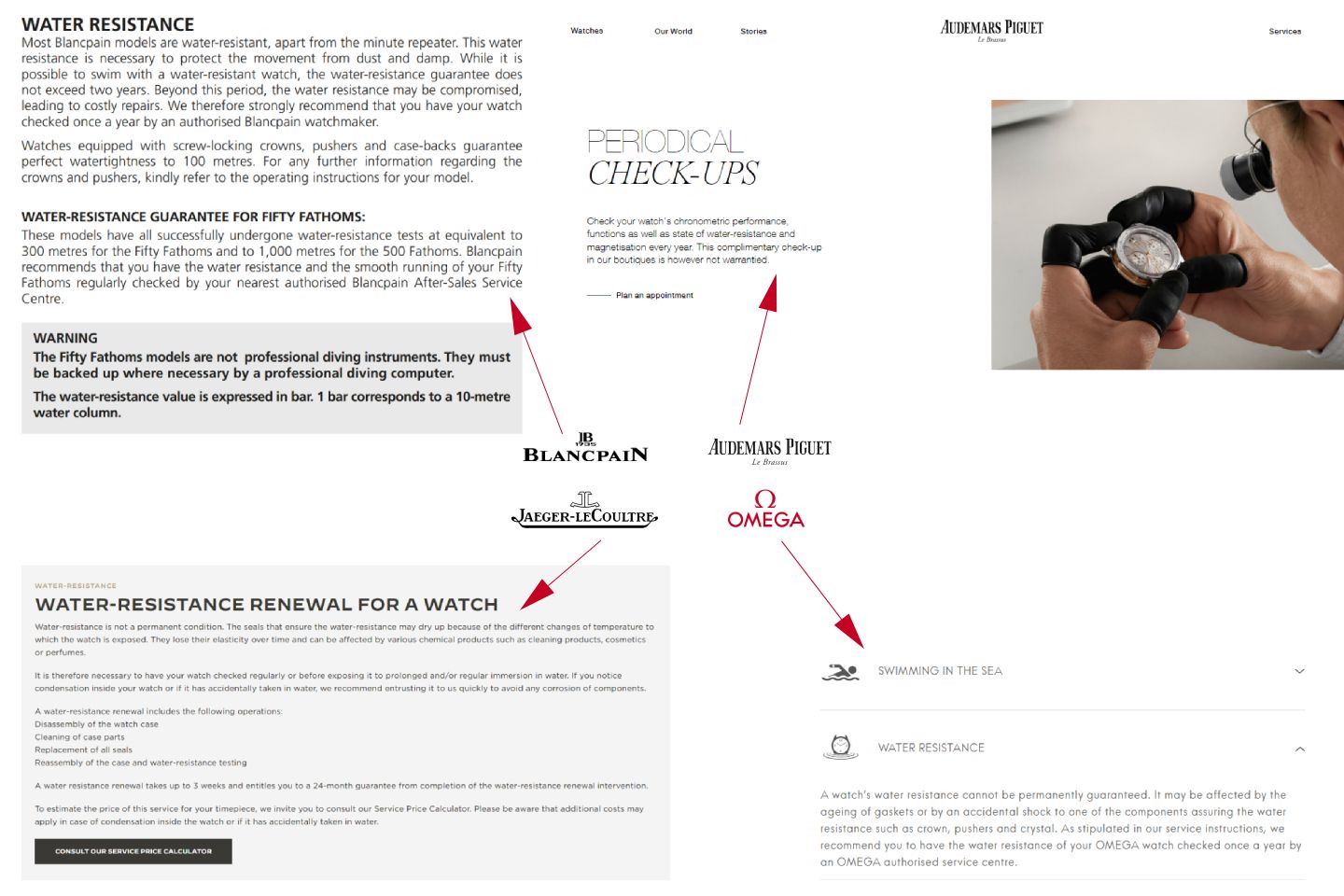
Many factory warranty extensions specifically mention that you need to have the watch water tested by a dealer at the time of extension. There's a reason for that. They don't time it on a chronoscope but they will water test it, because it has a huge bearing on their ability to offer that extra year of warranty.
Settling For Something Less Than Ideal.
Never settle for less than your dream watch. If you get a fixer-upper or a watch that's only fair considering the condition or a watch that doesn't come as a full-set, you're going to wind up with an absolute disappointment. So, never settle when dream watches and emotional purchases are concerned because frankly, the first failure will be in your heart. You'll realize you did not get what you want and in the world of luxury watches, you're still going to spend a lot of money for that. There are no “cheap mistakes” in this hobby.
I would say that being the surest path to dissatisfaction, “settling” takes many forms. Condition is a big one and I should mention, if you buy cheap, you buy twice, that's a lesson my father teaches me, every day. You're going to wind up spending money to fix a problem that had you purchased a watch at a higher price, you might not even have considered. Sometimes it makes a lot more sense to just buy the ₹10 lakh watch than to buy the ₹7 lakh watch and put three lakhs’ worth of work into it because it needs movement parts or case components. So don't settle.
I’d also say that price is another way people settle because they don't have the money up front to buy what they really want. If you want a Breguet Tradition , save the money and buy a Tradition. Now, if you're a kid in high school, okay I get it, you're not going to have ₹ 1,470,000 for a watch anytime soon. In that case, buy yourself a nice G-Shock, save your money, set your sights on the long term and get that thing as a reward when you score your first big job. It's coming! But for those of you who are watch collectors and already into the hobby and you're talking about maybe a ₹10 lakh watch now or a ₹6 lakh watch next year, wait until next year and get the ₹10 lakh watch. Understand what your threshold of satisfaction is.
Don't Lose Watches!
Of watch losses, the most notable, high-flying and pop culture are undoubtedly celebrity muggings. DO NOT GET ROBBED! This is a bigger and bigger problem with luxury watches and it seems to be everywhere, regardless of city or nationality. F1 drivers Lando Norris, Carlos Sainz and Charles Leclerc have fallen victim to watch robberies and every time a Richard Mille was involved. They could’ve learned the lesson about not wearing a prominent watch in public from former F1 chief, Bernie Ecclestone, who was mugged for his Hublot back in 2020. There is a shocking amount of documented watch theft right now. Google ‘luxury watch mugging’ or ‘luxury watch theft.’ You’ll get tons of headlines from magazines, newspapers and websites around the world. So, always be alert, think ahead, don't get complacent and have a sacrificial watch for travel. When you're in a neighborhood you don't know, it doesn't necessarily have to be a bad neighborhood, don't go in hot wearing some sort of ₹1 crore Richard Mille. When you travel, bring something you're not afraid of getting stolen. Make it a Swatch, a G-Shock, a Timex or have something that is at least an acceptable level of risk, like a Seiko 5. Understand your threshold of pain and wear your watch accordingly. The guy who asks you the time might be the guy willing to steal the watch right off your wrist on the spot.
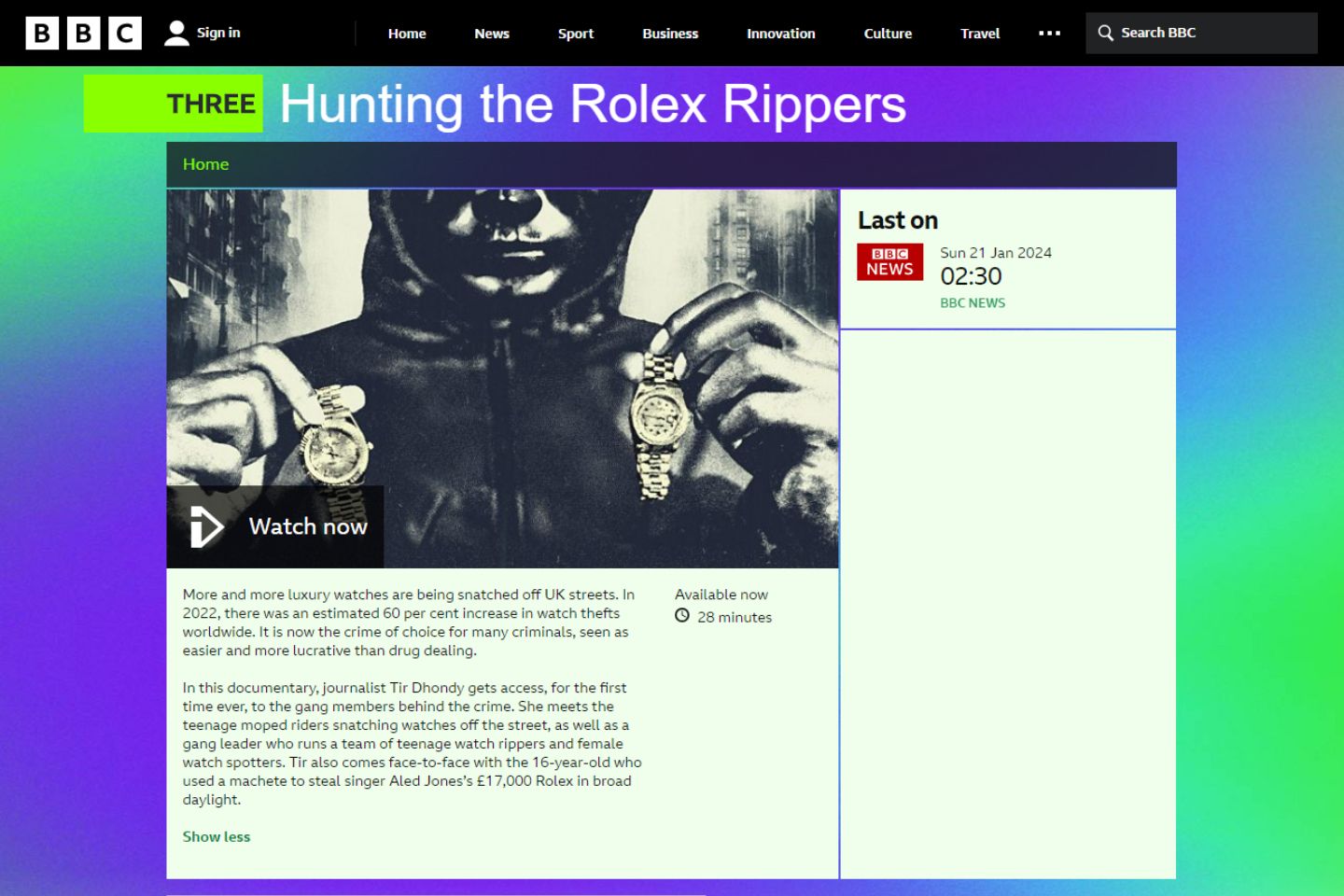
Now, the case about keeping large safes in your house. People who target high value watches also target residential safes. A safe in your house is not nearly as secure as a safety deposit box in an insured bank surrounded by guards and closed-circuit cameras. People can and will target houses that are known to have these kinds of safes. An unfortunate event transpired in 2022 in a watch collector’s home in New Zealand who goes by the Instagram handle @Horolson. 70 prominent timepieces worth over $1.8 Million, stored in a couple of suitcases in a closet, were stolen in a single bid.
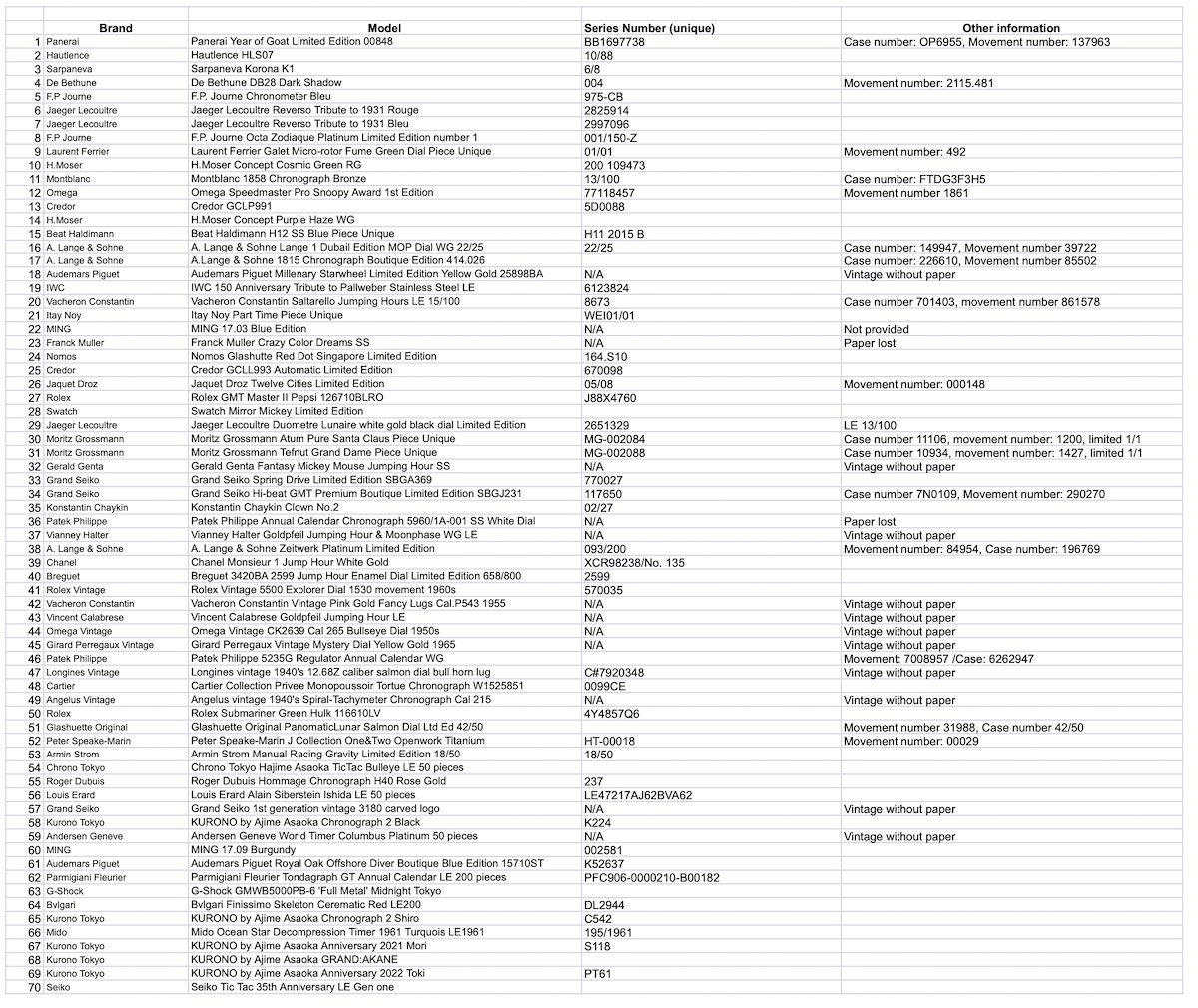
With thieves getting bold, all they need to get into your safe is access to you when you're at home. Trust me, there are plenty of things folks can do to make you open a safe on the spot. These usually involve a choice between a watch and your fingers. So, don't keep huge value in some sort of safe in your house.
Buying Watches Under Peer Pressure
This is a really big mistake. Some of it is friends but it's mostly social media and the online watch scene which has way too much influence. These have a lot of pull in shaping tastes. Social media is the biggest pressure source and let me tell you, it is real! The Patek Philippe ref. 5711 as a nearly ₹50,000,000 watch is a creation of Instagram and the full blogosphere of watch media. That is just absurd!

Buying Watches That Don't Fit
The watch has to fit and it's not just about size. This is how I define fit: It means security, comfort and aesthetics. Just because the watch will adhere to your wrist doesn't mean it's going to be comfortable, feel secure or look right. I personally would be hugely self-conscious wearing a Panerai Radiomir Egiziano 341 which comes in at a whopping 60mm. Fit is all of these things - it's security, ergonomics and the way the watch looks. Though I hate to admit it, 90% of our attraction to the watches we buy is down to the way they look.

So, whenever you buy remotely, never do it without getting in writing from the seller an approval period. It should be mandatory for an article of jewelry or clothing bought online. You should know how that watch is going to fit, and given how I just defined fit, you really have to have the option to wear it a little bit and then send it back with no obligation other than the shipping if it doesn’t fit. That should be absolutely universal. So, whether you're dealing with an auction house, an individual or a dealer, know the terms in advance especially when you're buying online.
After having researched to write what I’ve written and also seasoning in my own humble odyssey as a collector, there’s one thing I’ve learned, that there’s no end to learning as a watch collector.
No articles found

